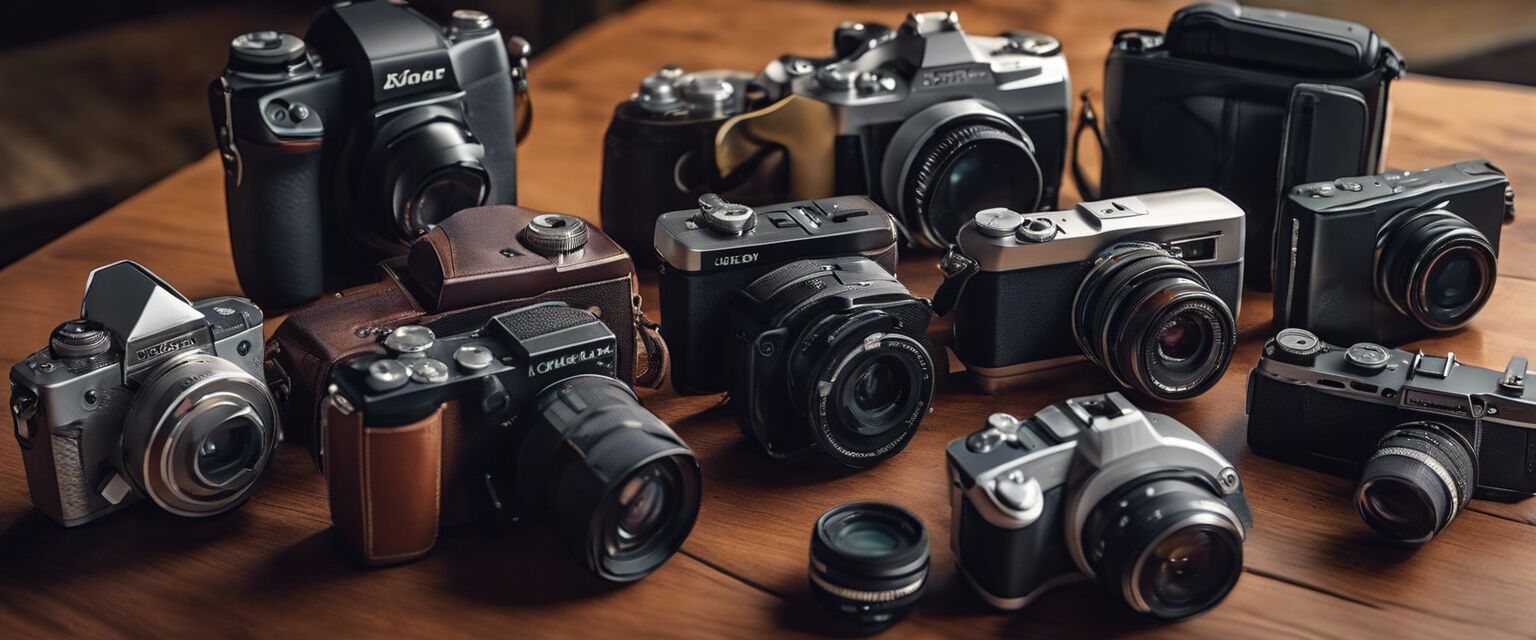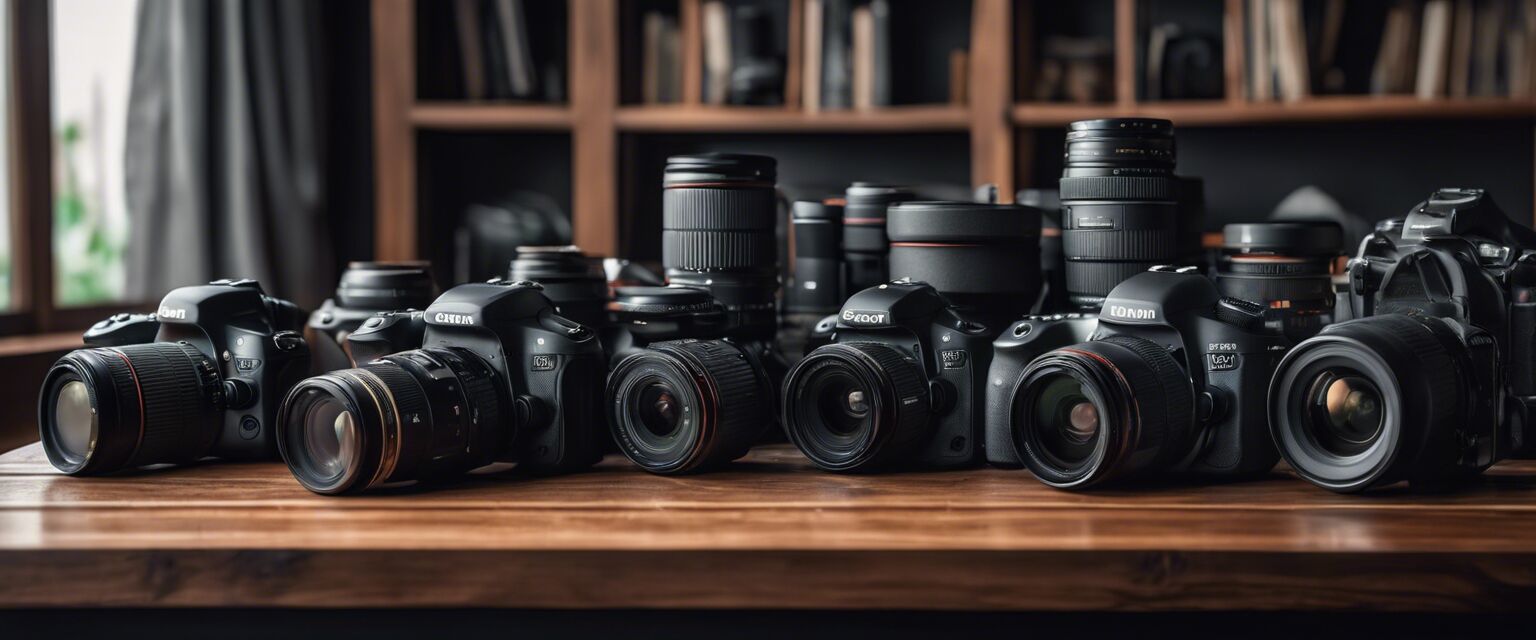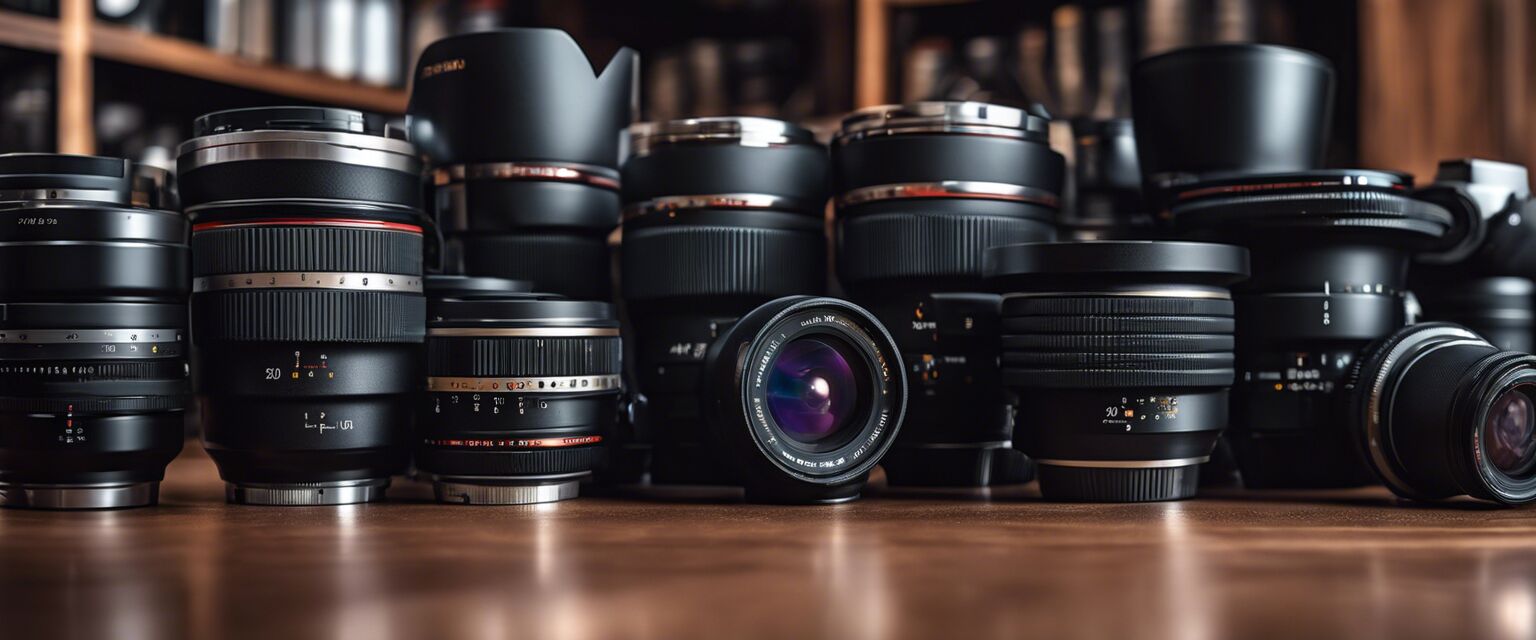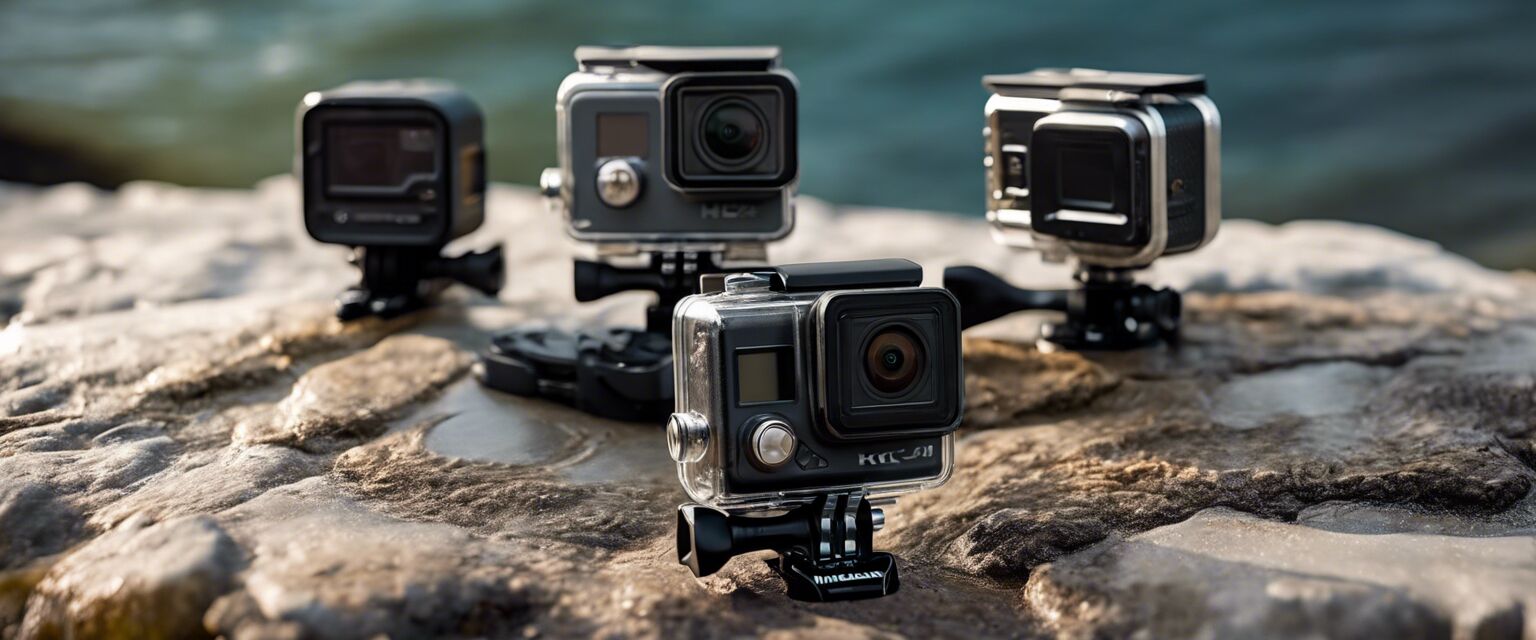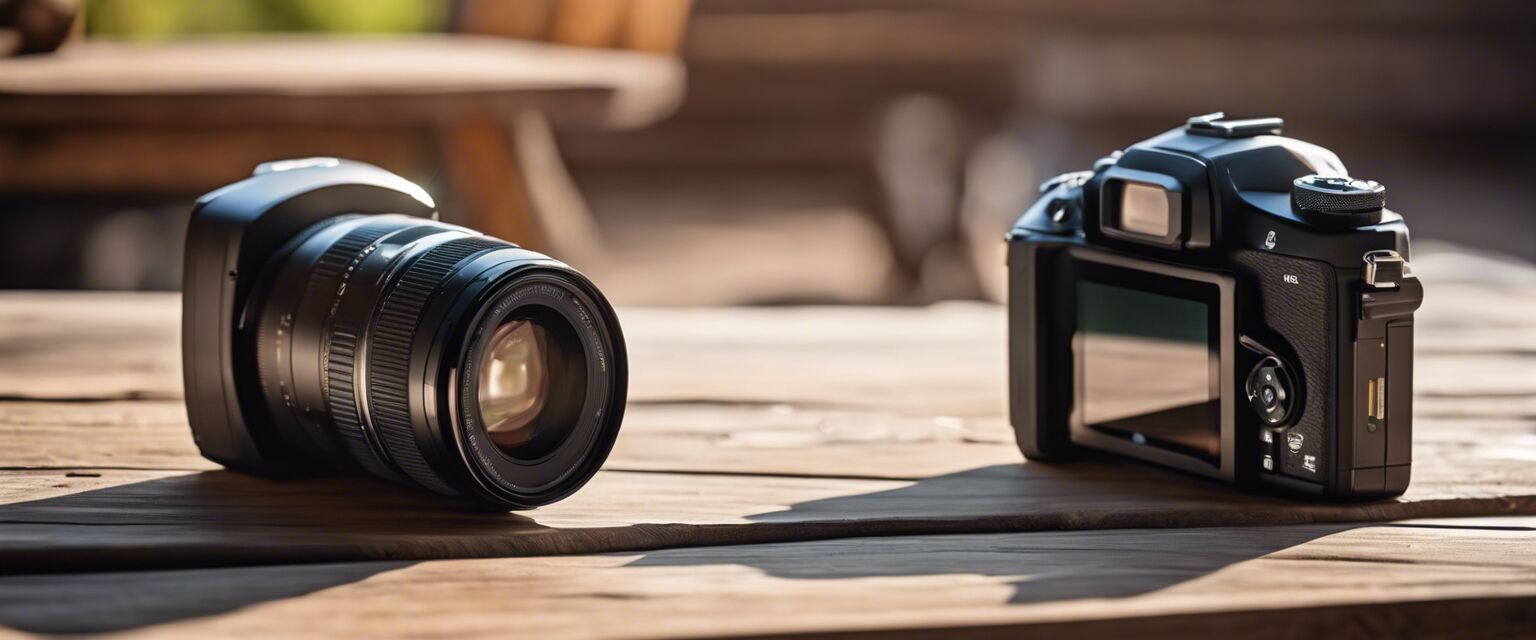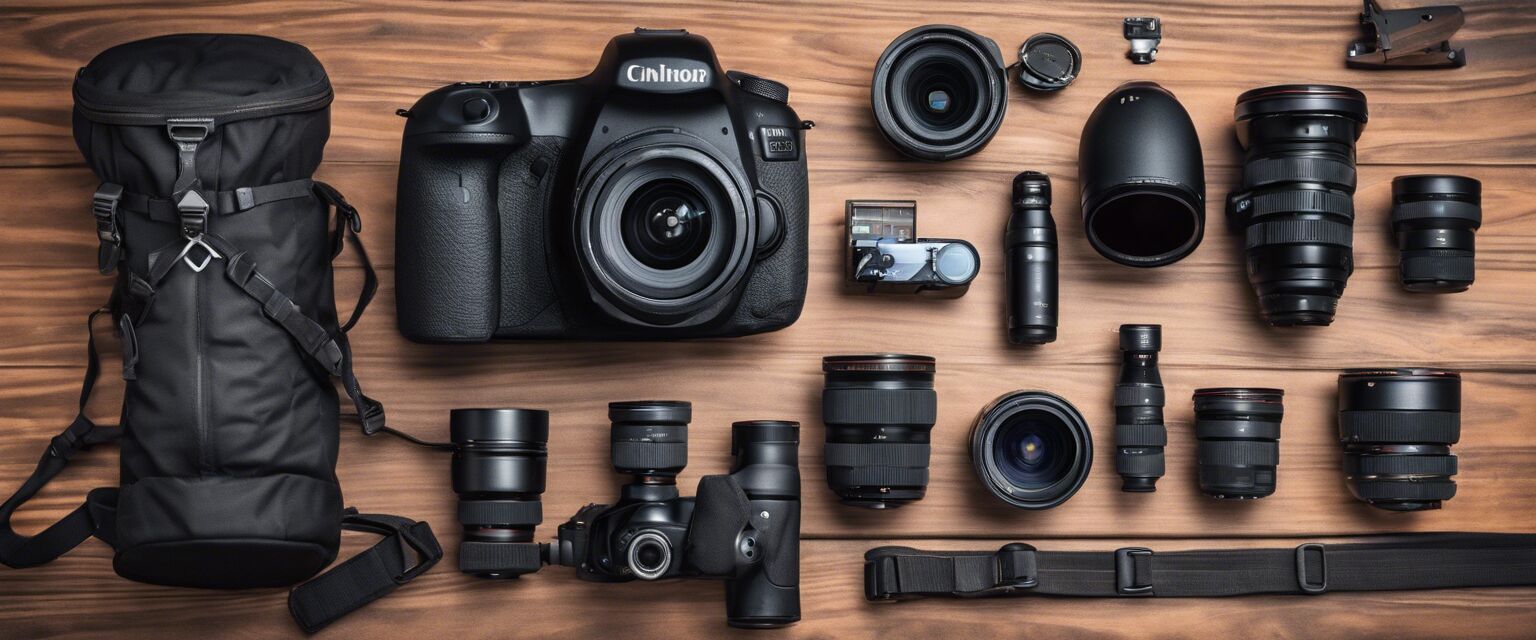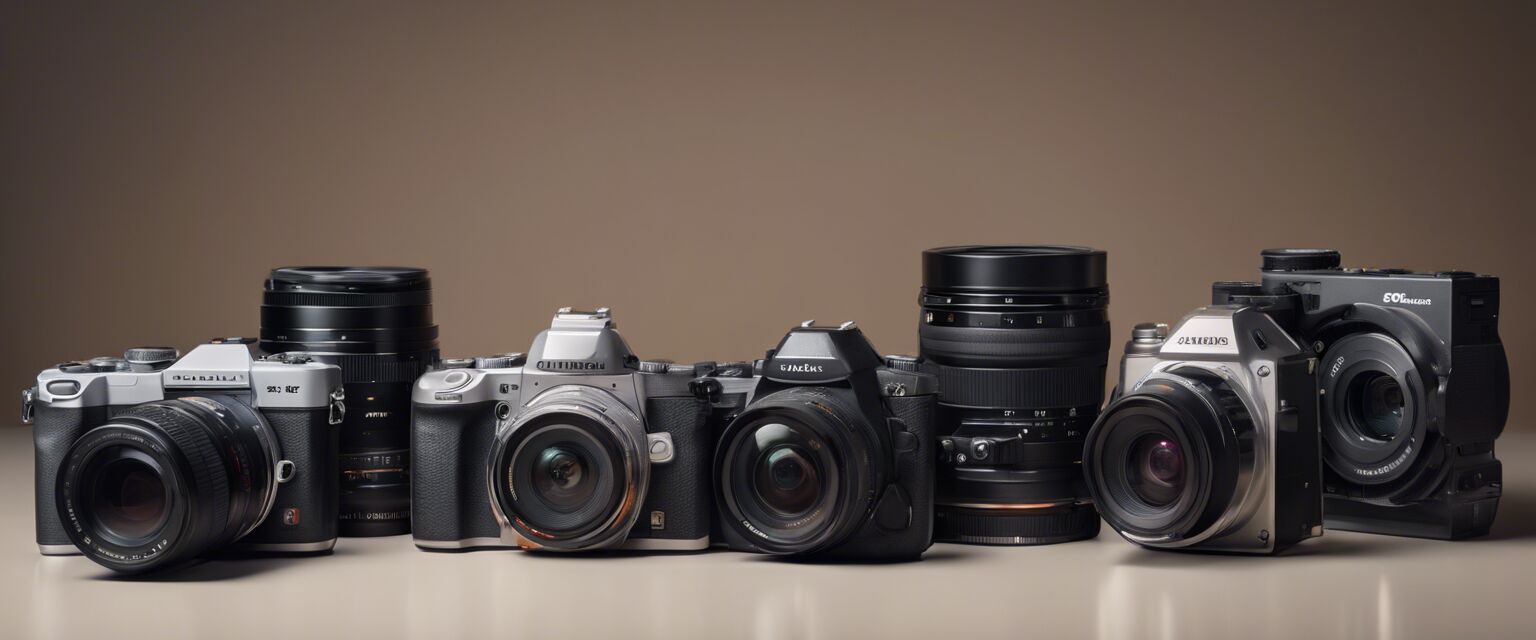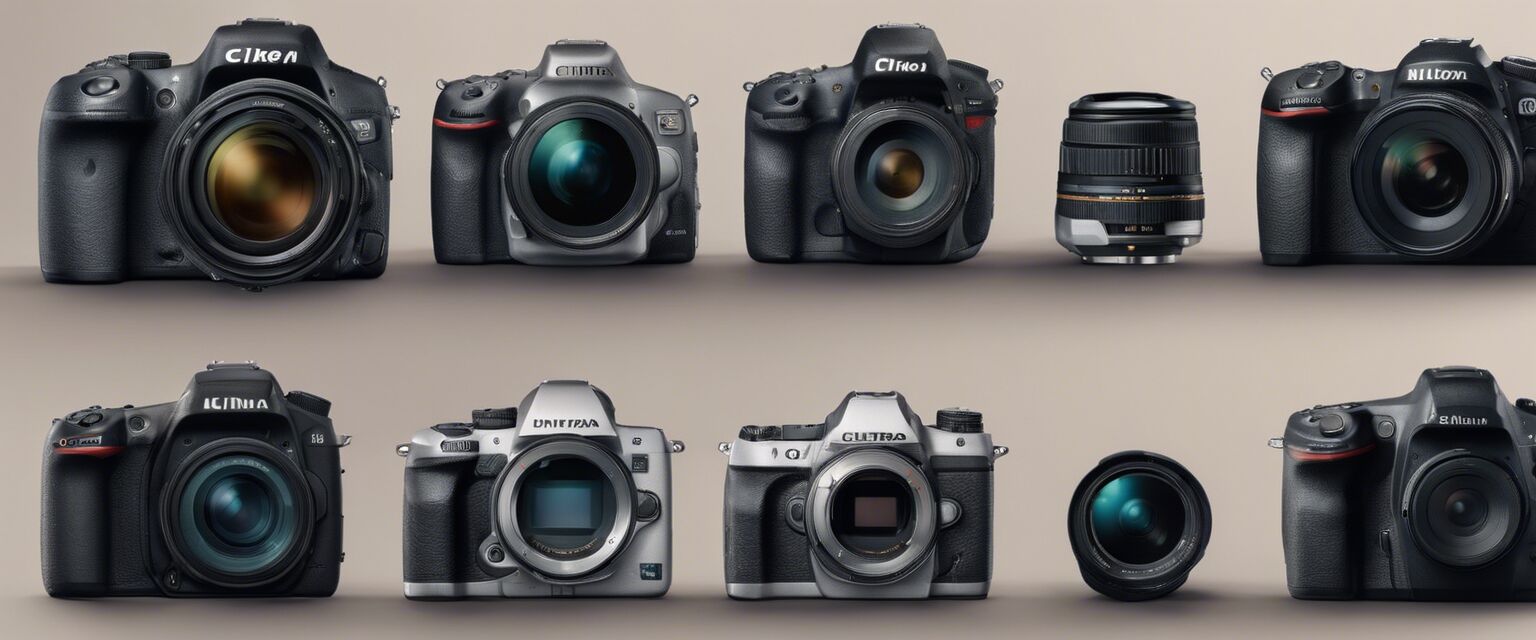
Photography Techniques
Key Takeaways
- Understanding different photography techniques enhances your skills regardless of the camera type.
- Each camera type has unique settings and capabilities that can impact the outcome of your photos.
- Practicing various techniques is essential for developing your photography style.
- Post-processing is an integral part of modern photography, allowing for significant adjustments.
Photography is an art form that conveys emotion, tells stories, and captures moments in time. Whether you're a novice or an experienced photographer, understanding various photography techniques is essential for improving your skills. This comprehensive guide will cover essential techniques tailored to different types of digital cameras, helping you elevate your photography game.
Types of Cameras
Before diving into techniques, it’s crucial to understand the different types of cameras available:
| Camera Type | Description | Best For |
|---|---|---|
| DSLR Cameras | Digital Single-Lens Reflex cameras offer versatility and high-quality images. | Professional photography and detailed shoots. |
| Mirrorless Cameras | Compact and lightweight with interchangeable lenses, these cameras provide excellent image quality. | Travel photography and everyday use. |
| Point-and-Shoot Cameras | User-friendly cameras that focus on simplicity and convenience. | Casual users and family events. |
| 360 Cameras | Cameras that capture a full panoramic view, often used for immersive experiences. | Virtual tours and aerial photography. |
| Action Cameras | Small, rugged cameras designed to capture action in extreme conditions. | Sports and adventure photography. |
| Instant Cameras | Instant print cameras that allow you to enjoy physical photos immediately. | Fun events and spontaneous moments. |
Essential Photography Techniques
1. Composition
Composition is the arrangement of elements in your frame. Utilizing techniques such as the Rule of Thirds can help create more engaging photos.
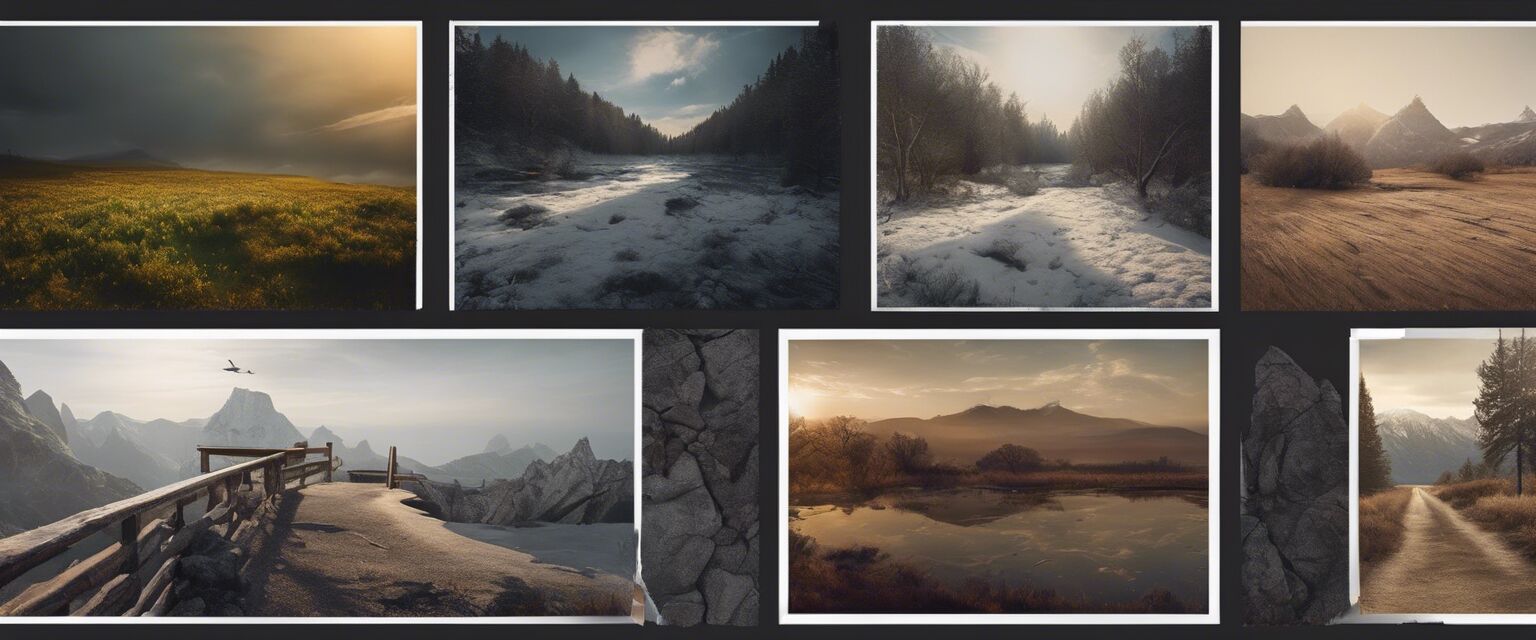
2. Exposure
Understanding exposure is crucial for capturing well-lit images. Exposure is determined by three elements:
- Aperture: Controls the amount of light entering the camera.
- Shutter Speed: Determines how long the camera’s sensor is exposed to light.
- ISO: Adjusts the camera’s sensitivity to light.
3. Lighting
Good lighting can dramatically affect your photos. Here are some tips to improve lighting:
- Use natural light whenever possible.
- Experiment with different times of day for varied lighting.
- Utilize reflectors to bounce back light and fill shadows.
4. Focus Techniques
Mastering focus techniques can help you highlight subjects. Try the following:
- Manual Focus: Adjust focus manually for precision.
- Depth of Field: Experiment with a shallow or wide depth of field depending on your subject.
- Backlighting: Create silhouettes by positioning your subject between the camera and the light source.
5. Post-Processing
Post-processing can transform your photos. Utilize software to adjust:
- Brightness and contrast
- Color balance
- Cropping and straightening
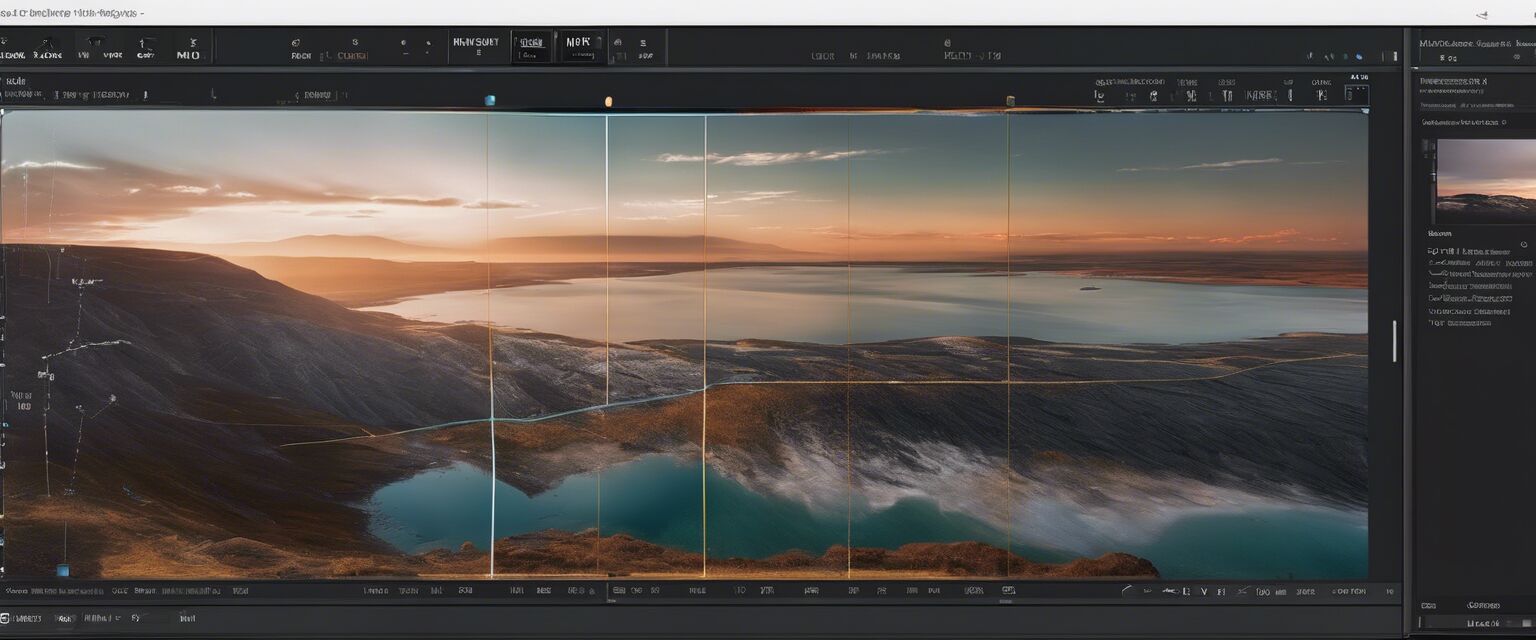
Camera Settings to Understand
Familiarity with your camera’s settings is essential for applying the techniques discussed. Below is a breakdown of key settings:
Beginners Section
- Always shoot in RAW format for maximum editing flexibility.
- Learn the histogram to gauge exposure accurately.
- Use a tripod for stability, especially in low light conditions.
| Setting | Description | Common Usage |
|---|---|---|
| Aperture (f-stop) | Controls depth of field and light. | Portraits, landscapes. |
| Shutter Speed | Controls motion blur. | Action shots, long exposures. |
| ISO | Adjusts camera sensitivity to light. | Low light conditions, indoor shots. |
Putting It All Together
To develop your unique photography style, practice the techniques regularly across different camera types.
By understanding the strengths of your specific camera, you can apply the appropriate techniques to enhance your output.
Pros
- Wide variety of techniques available.
- Potential for artistic expression and personal style.
- Improvement in skills leads to better photo quality.
Cons
- Learning curve for various techniques.
- Requires time for practice and mastery.
- Equipment can be costly.
Where to Learn More
Explore more about specific types of cameras for advanced photography:
